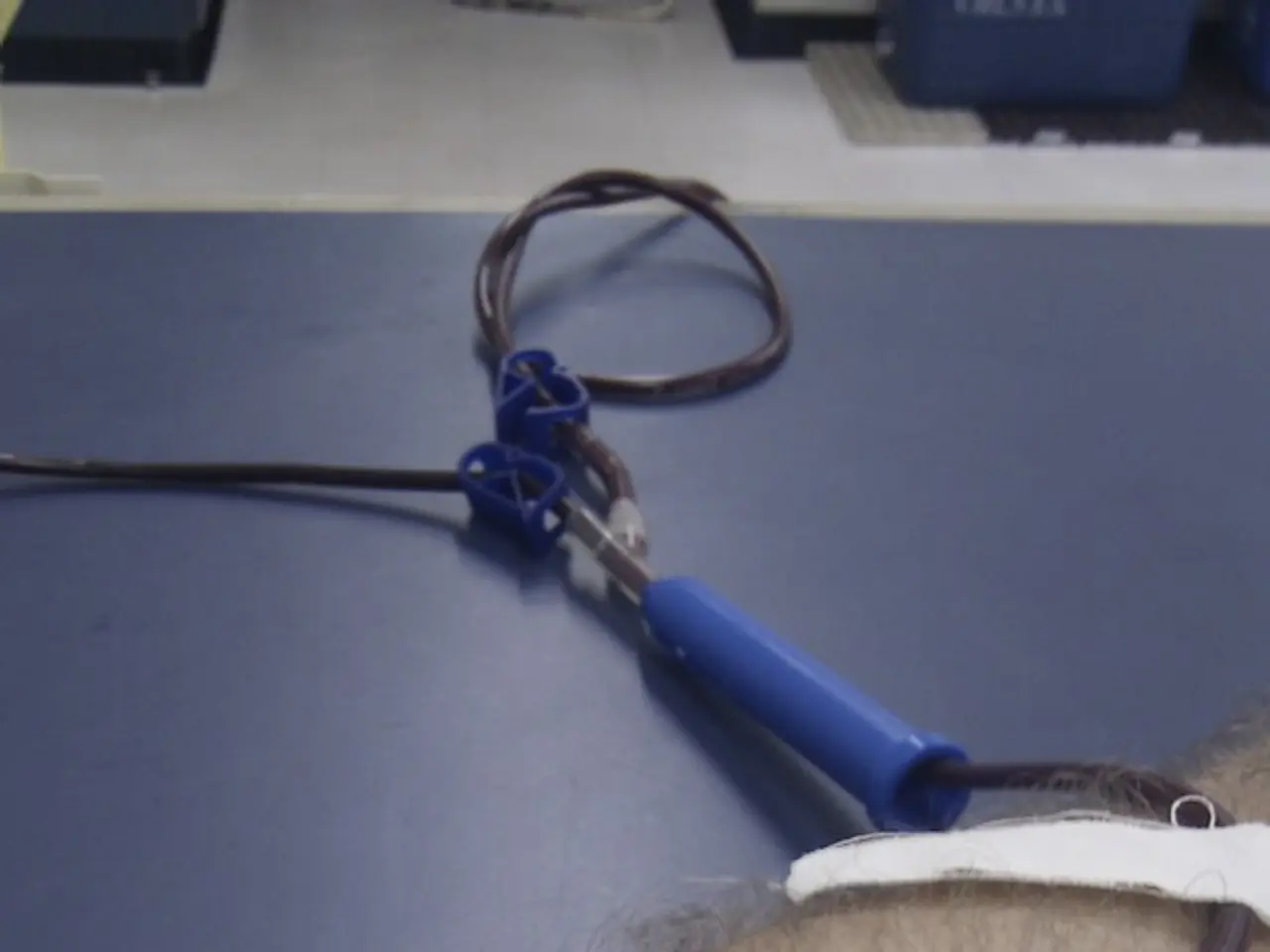Chemotherapy Glove Cooling Methods: Effectiveness and User Guidelines
New research suggests that cooling gloves, a form of cold therapy, could potentially reduce the risk and severity of chemotherapy-induced peripheral neuropathy (CIPN) – a common side effect of certain chemotherapy drugs.
Evidence Supporting Cold Therapy
Studies indicate that cold therapy helps lower the risk of neuropathy symptoms such as pain and numbness linked to nerve damage caused by chemotherapy. Patients typically wear cooling gloves and socks for about 15 minutes before, during, and at least 15 minutes after chemo infusion to achieve this protective effect.
Chemotherapy drugs like taxanes (Taxol, Taxotere), Abraxane, and carboplatin are particularly relevant for this preventive approach. Ongoing research aims to refine and validate these findings further.
Application and Methods
Cooling gloves may be tight or mitten-like and may require freezing for a set amount of time before wearing. In some cases, they are kept in a freezer at -20°C (-4°F) for 3 hours before use. Other methods, such as continuous cooling with a device called Hilotherm, involve cooling cuffs and tubes on the hands and feet.
However, not all studies have shown significant improvements in CIPN subscales. For instance, a 2020 study using frozen gloves found no significant improvements, but participants who wore the gloves reported better function and quality of life than those who did not.
Ongoing Research
Additional rigorous studies, such as a randomized controlled trial as of August 2025, are underway to evaluate cryotherapy methods like cryocompression on peripheral neuropathy.
While cooling gloves are recognized as a promising preventive approach, more large-scale studies are needed to confirm their effectiveness and optimize protocols. Alternative symptom management strategies, such as exercise therapy, have also shown benefits in managing CIPN symptoms but do not prevent them.
In summary, cooling gloves applied during chemotherapy infusions are an evidence-supported option to reduce the risk and severity of CIPN, particularly for taxane-based treatments. However, ongoing research aims to refine and validate these findings further.
As always, it's essential to discuss potential ways to ease symptoms of CIPN with a doctor, who can provide guidance on pain relief medications, electrical nerve stimulation, physical therapy, occupational therapy, relaxation therapy, acupuncture, guided imagery, and biofeedback.
- Medicine has been investigating the potential benefits of cold therapy, specifically cooling gloves, in preventing and alleviating chemotherapy-induced peripheral neuropathy (CIPN).
- Lowering the risk of neuropathy symptoms like pain and numbness may be achievable through cold therapy, as suggested by current research.
- Patients may wear cooling gloves and socks for approximately 15 minutes before, during, and after chemotherapy infusion sessions.
- Some chemotherapy drugs, such as taxanes (Taxol, Taxotere), Abraxane, and carboplatin, are of particular interest for this preventive approach.
- Oncology researchers continue to investigate the effectiveness of cold therapy as a preventive measure for CIPN.
- Cooling gloves might be designed to be tight or like mittens and may need to be frozen for a specific duration before use.
- These gloves could be stored in a freezer at -20°C (-4°F) for around 3 hours before being worn.
- Other cooling methods, like the Hilotherm device, involve continuously cooling cuffs and tubes on the hands and feet.
- Not all studies have demonstrated substantial improvements in CIPN subscales using cold therapy.
- For instance, a 2020 study found no significant changes, but participants reported better function and quality of life when using cooling gloves.
- Ongoing research is focusing on cryotherapy methods, such as cryocompression, to assess their impact on peripheral neuropathy.
- A randomized controlled trial on cryotherapy is expected by August 2025 to evaluate its efficacy.
- Despite the promise of cooling gloves, additional large-scale studies are necessary to confirm their effectiveness and optimize protocols for CIPN prevention.
- Exercise therapy and other symptom management strategies have also been shown to be beneficial in managing CIPN symptoms but do not prevent them.
- In discussing pain relief options for CIPN, it's vital to consult with a healthcare provider.
- Pain relief medications, electrical nerve stimulation, physical therapy, occupational therapy, relaxation therapy, acupuncture, guided imagery, and biofeedback are some examples of treatment options a doctor might recommend.
- Science-based preventive measures, like cold therapy for CIPN, contribute to the ongoing advancement of medical-conditions treatments.
- Cold therapy, as a preventive approach, holds potential in the treatment of chronic diseases, such as cancer.
- As the field of science evolves, modern medicine offers innovative methods for managing various medical-conditions, including respiratory and digestive health, eye health, and hearing.
- Health-and-wellness initiatives focus on living an active life, as physical fitness-and-exercise plays a significant role in maintaining overall health.
- Sexual-health education and resources are essential to maintaining a healthy lifestyle and open conversations on different aspects of wellness.
- Autoimmune-disorders, like rheumatoid arthritis and lupus, require ongoing research and treatment development in the scientific community.
- Environmental-science advances also contribute to understanding climate-change impacts on human health.
- Mental-health awareness is just as important as physical health, as mental illnesses like depression and anxiety affect millions worldwide.
- Mental-health care and support resources are becoming more accessible, as the stigma surrounding mental health disappears.
- The importance of mens-health education and resources cannot be overstated, as men often face unique health challenges and may not seek medical attention as promptly as women.
- Skin-care practices promote healthy skin and can help prevent various skin-conditions, like acne and eczema.
- Therapies-and-treatments for neurological-disorders, like multiple sclerosis and Parkinson's disease, are continuously being researched and developed.
- Nutrition plays a crucial role in maintaining overall health, as well as the prevention and management of numerous chronic-diseases, such as cancer and cardiovascular-health issues.
- Womens-health care discussions, parenting resources, and sexual-health education are essential for promoting a healthy, balanced life.
- From chemotherapy to space exploration, finance, lifestyle, fashion-and-beauty, and sci-fi-and-fantasy, the industry continues to evolve and address various aspects of life, providing innovative solutions for improving human health and well-being.




